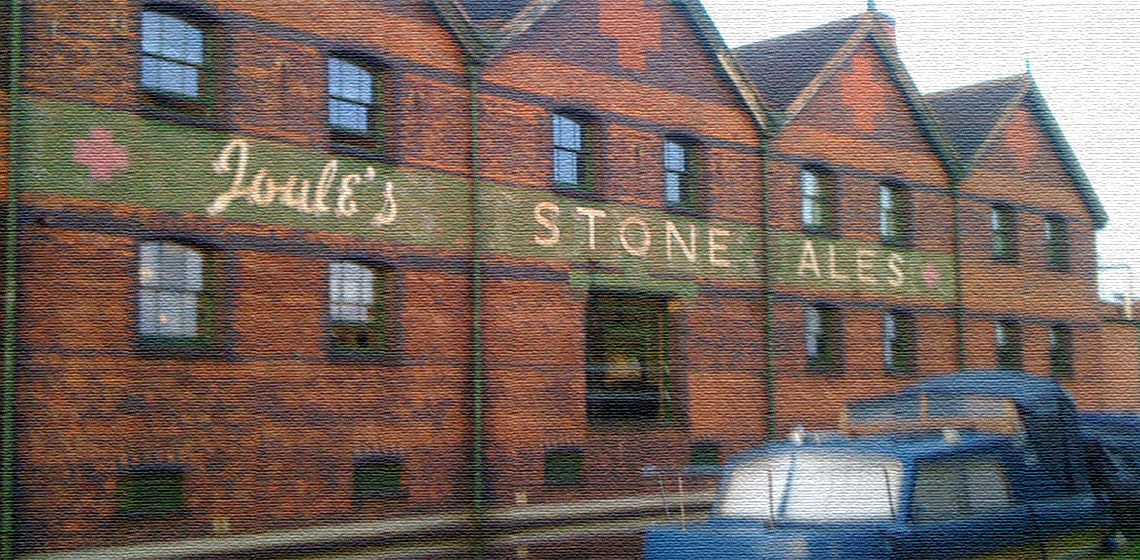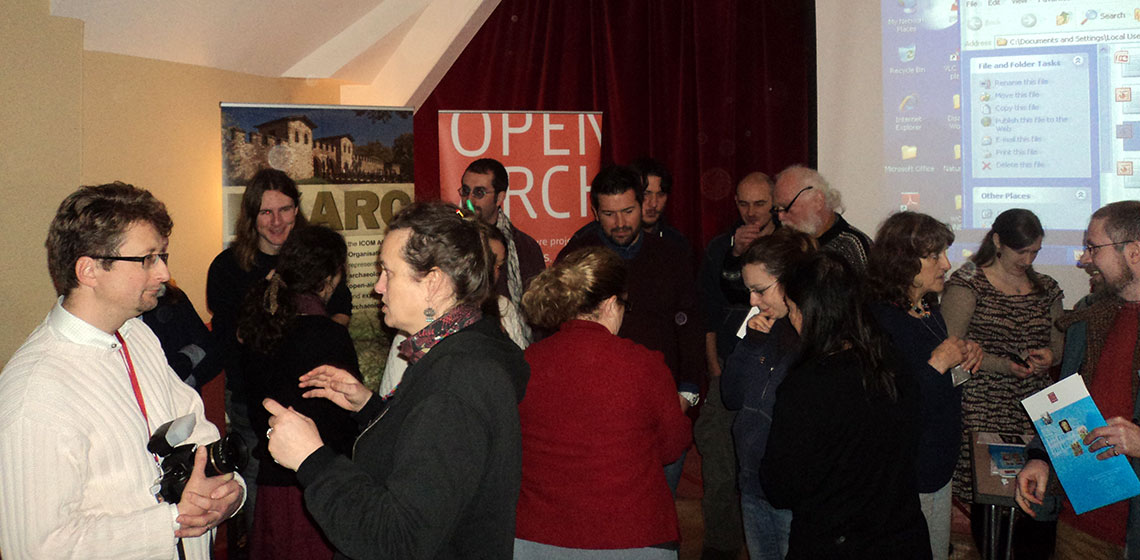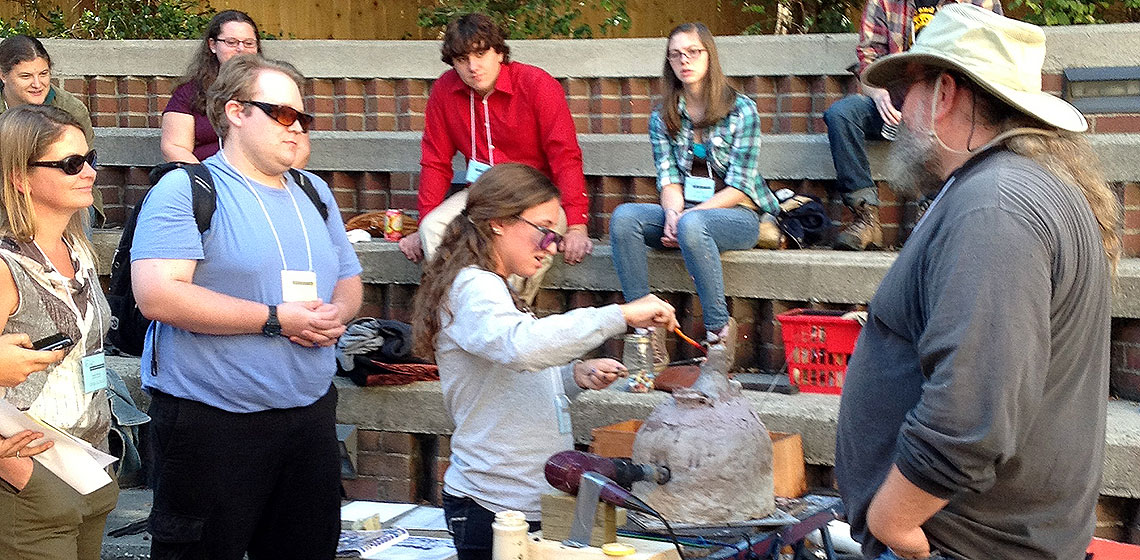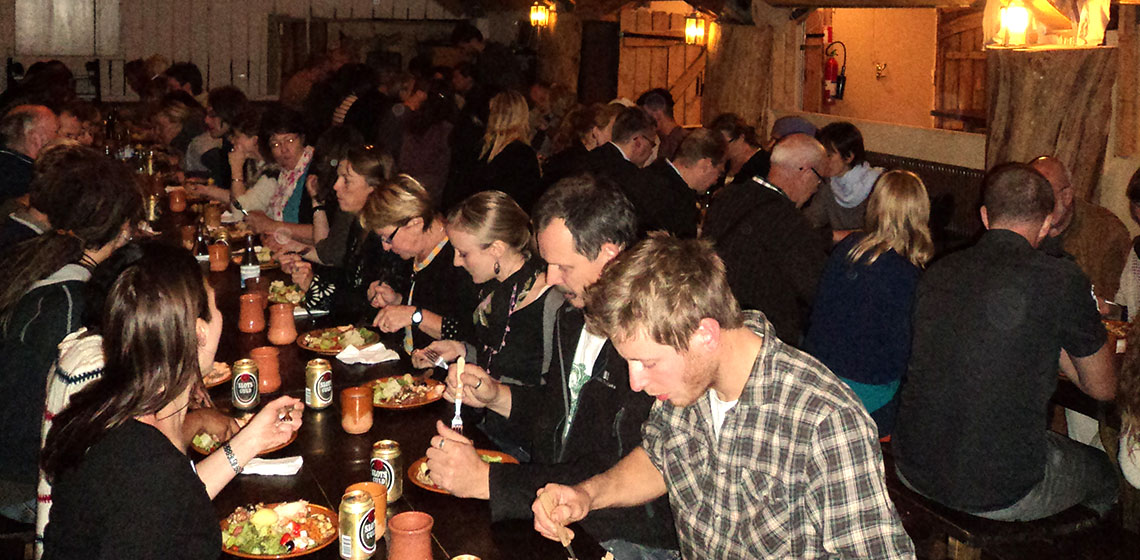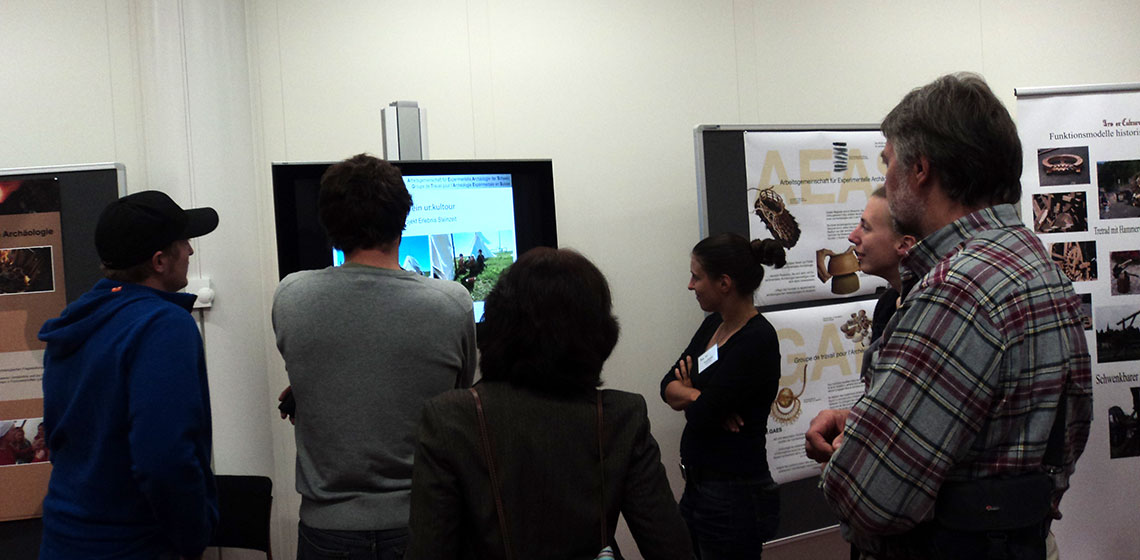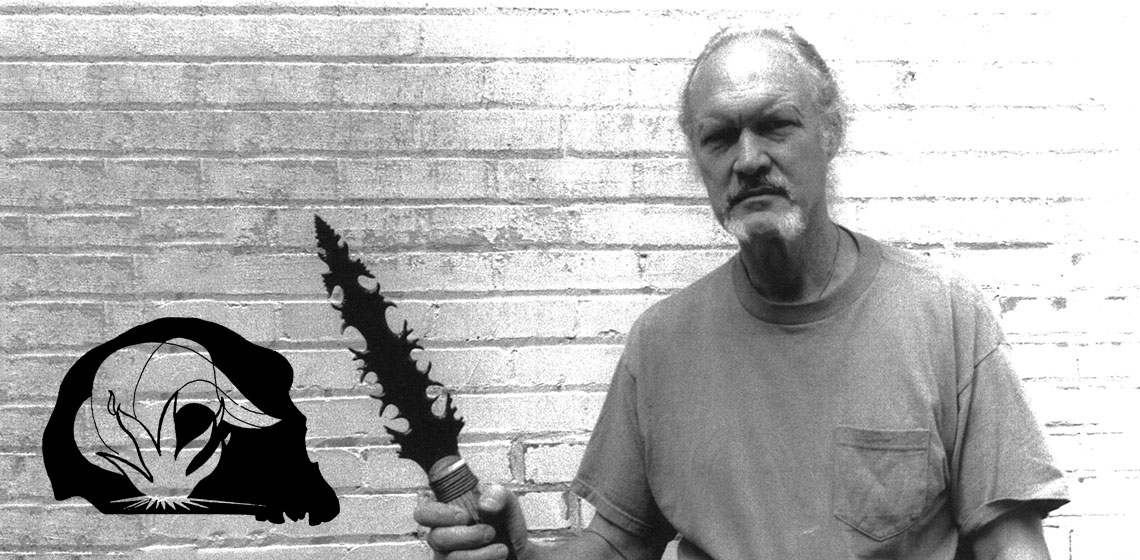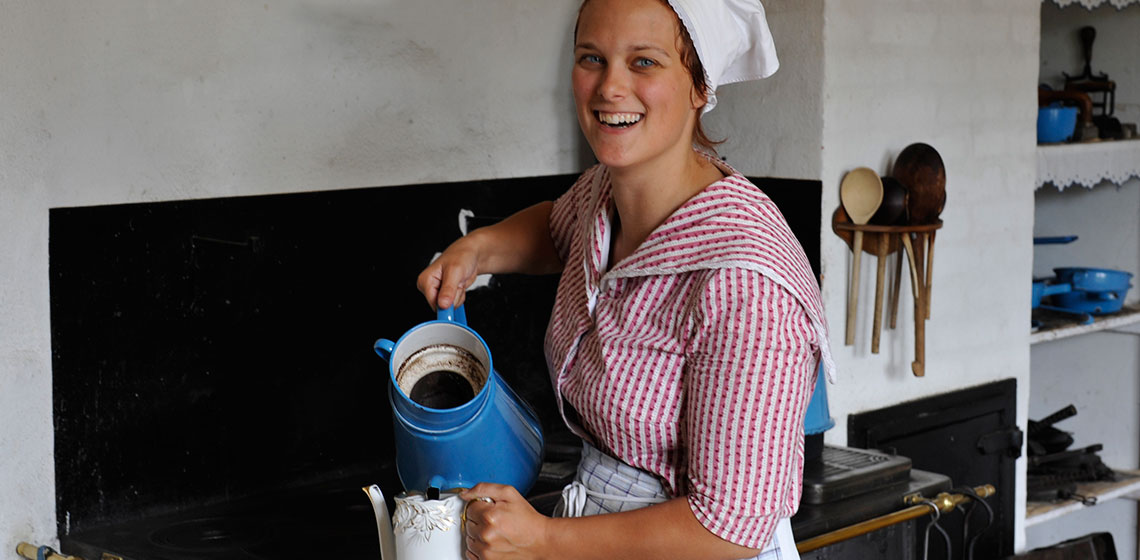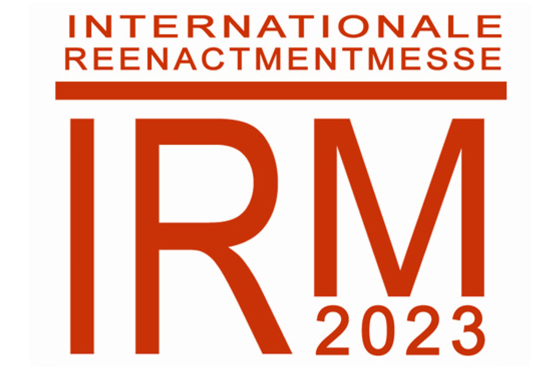Newer Era
A Personal Experience in Communicating History: Tales From the River Trent
Saturday 1 September dawns gloriously, and is unseasonably sunny. Our fingers are crossed that this is the Indian Summer we'd been praying for all August since we intend to do a lot of walking in the next three weeks...
Book Review: Experimentelle Archäologie in Europa, Bilanz 2011
***Bilanz 2011 once again supplies an exciting, diverse and interesting view into the world of experimental archaeology. Published by EXAR in cooperation with the Pfahlbaumuseum Unteruhldingen, Isensee Verlag, Oldenburg 2011, 270 pp, ISBN 978-3-89995-794-5
Conference Review: 7th Experimental Archaeology Conference, Cardiff 2013
***The 7th Experimental Archaeology Conference was held on 12-13th January 2013. This annual event, first held in 2006. This year it was hosted jointly by the School of History, Archaeology and Religion at Cardiff University and St Fagan’s Open-Air Museum. Seventy-five delegates originally booked to attend, but one hundred actually...
Conference Review: Reconstructive & Experimental Archaeology Conference REARC 2012
***The third annual Reconstructive & Experimental Archaeology (Re-Arc) Conference was hosted by the Schiele Museum of Natural History at Gastonia North Carolina, USA, 19-21 October 2012. Although the cost of the conference itself was minimal ($35 pre-registered, $20 for students) the large travel distances within North America always...
Conference Review: OpenArch/IMTAL Sweden 2012
Conference Review: EXAR Tagung 2012, Brugg (CH)
In early October 2012, EXAR held its yearly conference in Brugg, Switzerland. EXAR is the European Association for experimental archaeology and has over 150 members. Their highlight is their annual conference and the proceedings, which usually appear 12 months later, which is very fast...
Interview: Dr Errett Callahan
To Be or Not to Be: Thoughts on Living History - Some Personal Remarks
Historical Techniques: Cold Gilding
***An historal technique of goldplating, described in 18th century literature, was reproduced. This cold-plating technique uses salts of gold, produced by dissolving gold in aqua regia. these salts are then rubbed onto a silver surfaces...
IRM - International Reenactment Market
Country
- Germany
The international reenactment fair IRM is the first cross-epoch trade fair for living history, reenactment, archaeotechnology and experimental archeology in Germany.

